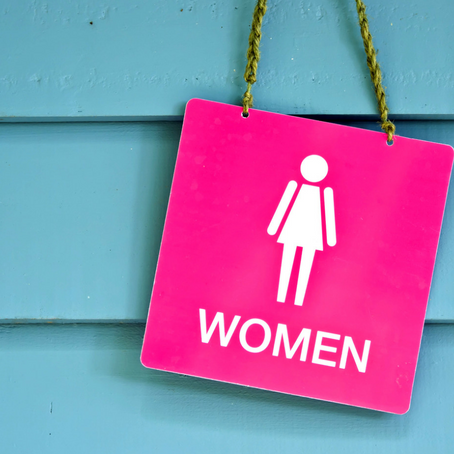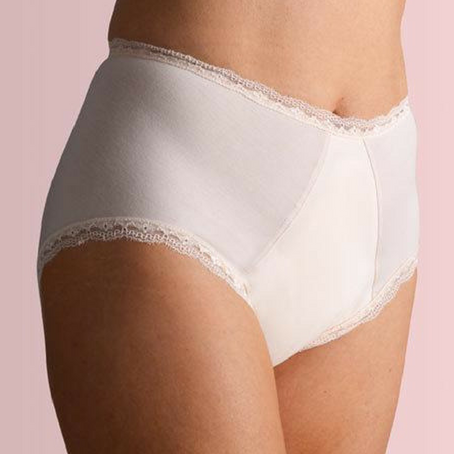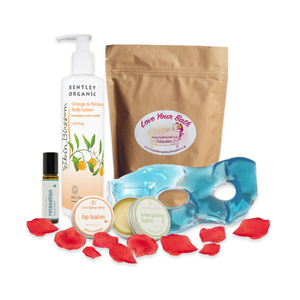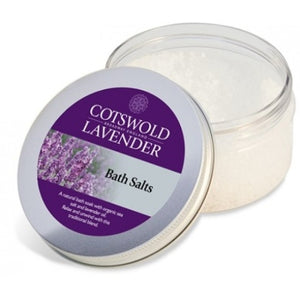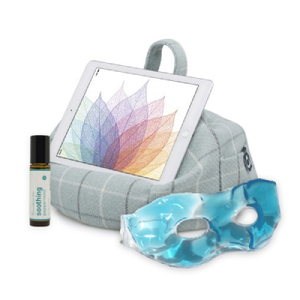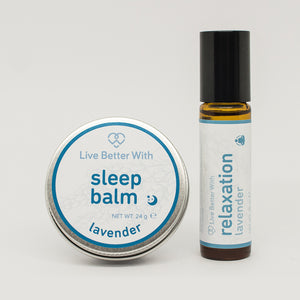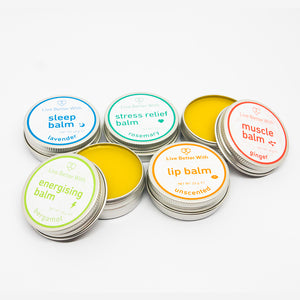Incontinence
Incontinence and the loss of bladder control increases as you get older. During the menopause, it’s a common symptom that many women begin to develop. As this is a relatively common condition to develop, even outside of the menopause, there exists a wealth of knowledge and products around that can really make a tangible difference. This guide will explore:
- What happens when you develop incontinence and a loss of bladder control?
- What exactly are the causes around this?
- Specific products that can help with day to day life, as well as general tips and advice.
What exactly happens when the menopause triggers incontinence?
- During the menopause: the loss of bladder control can be very minor. For example, you might only leak a few drops of urine when you laugh, exercise, cough, or pick up heavy objects. Some women also might experience a sudden urge to urinate and be unable to keep it in before reaching the restroom, resulting in an accident.
- Oestrogen helps keep your bladder and urethra healthy and functioning properly. The lack of oestrogen that the menopause causes may cause your pelvic muscles to weaken, meaning they may no longer be able to control your bladder as they did before.
What causes incontinence during the menopause?
- The most common kind of bladder control problem in older women is stress incontinence. Weakened muscles can’t hold back urine when you cough, exercise, sneeze, laugh or lift something heavy. The result can be a small leakage of urine or a complete loss of control. This type of incontinence is most often caused by the menopause.
- When your bladder muscles squeeze incorrectly or lose the ability to relax, you may feel a constant urge to urinate, even when your bladder is empty. You may also experience leaking of urine or loss of control. This is sometimes called an “overactive bladder.”
- Another cause is when your bladder does not empty fully, this type of UI can show as continuous urine dribbling. You can have a weak urinary stream, feel like urinating at night (nocturia), and increased urinary hesitancy. This can be caused by under activity of the bladder muscle.
What products and tips help with the day to day of living with incontinence during the menopause?
- Practising kegel exercises, or pelvic floor exercises, to strengthen your pelvic muscles. These involve squeezing and relaxing the muscles in your pelvic and genital areas to strengthen them.
- Cutting out caffeine and alcohol can assist with incontinence during the menopause.
- An array of products exist to help with managing incontinence during the menopause, including discreet waterproof mattress protectors, and bed pads.
- Incontinence briefs, which look like normal underwear just with extra protection are another option to incorporate.
Incontinence is a very common side effect women experience during the menopause. If you have any other tips or pieces of advice we can share with our community, please do let us know!

